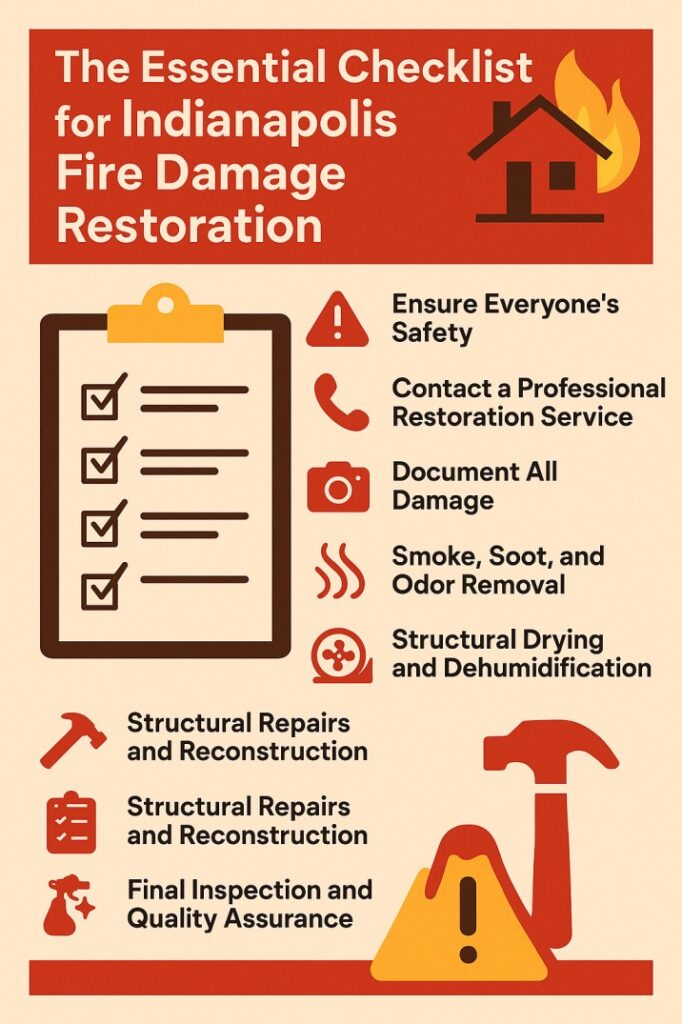The rise in awareness around food safety has driven a wave of questions regarding the agricultural inputs used in crop production. At the center of this conversation is glyphosate—a widely used, broad-spectrum, systemic herbicide. Glyphosate is praised for its effectiveness in controlling a broad range of weeds, yet often scrutinized for its proximity to food-producing plants. This brings us to a crucial and common question: is glyphosate safe for use near edible crops?
Understanding this question requires a deeper examination of how glyphosate functions, its application methods, and the views of regulatory bodies and scientific studies on its safety when used in agricultural environments.
What Is Glyphosate and How Does It Work?
Glyphosate is a non-selective herbicide, meaning it kills most plants it comes into contact with. It works by inhibiting the EPSP synthase enzyme, which is vital in plant amino acid production. This enzyme is found in plants and microorganisms but not in humans or animals, making glyphosate highly specific in its mode of action.
When applied correctly, glyphosate is absorbed through the foliage and travels systemically throughout the plant. The result is complete plant death, from the leaves down to the roots. This is why it has become essential in preparing fields before planting and in post-emergent weed management strategies.
Glyphosate 71% SG herbicide, a soluble granular formulation, is particularly effective due to its high concentration and ease of application. It’s widely used in both large-scale and precision farming systems.
Timing Matters: Glyphosate and Crop Proximity
One of the primary ways farmers use glyphosate near edible crops is before planting, in a process known as a pre-plant burndown. In this scenario, glyphosate is used to clear fields of weeds before the edible crop is even in the ground. Because glyphosate binds tightly to soil particles, it does not have residual activity that affects newly planted crops.
In post-emergent situations, glyphosate is only used directly on crops that are genetically modified to tolerate it, such as certain varieties of soybeans, corn, and cotton. In non-GMO crops, glyphosate must be applied with care, using shielded sprayers or spot treatments to avoid contact with edible plants.
Therefore, incorrect application that may cause drift or unintentional exposure is the actual worry, not the widespread usage of glyphosate close to crops. These dangers are significantly decreased by appropriate training and following label directions.
Glyphosate 71% SG herbicide products are frequently purchased by farmers looking for safe weed control solutions due to their consistent effectiveness, rainfastness, and lack of soil carryover, which, when used properly, makes them appropriate for a range of field situations.
- Glyphosate does not linger in soil or affect subsequent crops.
- Application windows are regulated to prevent residues from reaching edible parts of plants.
What the Science Says About Glyphosate Residues
One of the most extensively studied herbicides in the world, glyphosate has undergone thousands of evaluations by regulatory authorities, including the World Health Organization (WHO), the U.S. Environmental Protection Agency (EPA), and the European Food Safety Authority (EFSA).
According to the EPA, glyphosate is not expected to cause cancer in humans and is safe for use when used as directed on the label. Similarly, exposure to glyphosate residues in food remains well below safety criteria, according to EFSA’s scientific analysis.
Only a small percentage of food samples had glyphosate residues. When they were, the amounts were well below permissible limits, according to a 2021 USDA Pesticide Data Programme study. This information suggests that glyphosate poses no risk to consumer health when used and handled appropriately.
Residue Limits and Safe Consumption
Governments and food safety organisations establish Maximum Residue Limits (MRLs) to guarantee that, even if a trace quantity of glyphosate finds its way onto food, it stays far below dangerous levels. These boundaries are determined following extensive testing and consider:
- How much of a food is typically consumed.
- The worst-case residue scenario.
- Long-term dietary safety data.
MRLs vary by crop and country, but all follow the principle that food should be safe to eat across a lifetime, even if some residues are present.
“Science is not about certainty; it is about finding the most probable explanation based on available evidence.“
Drift, Volatility, and Best Practices
Drift—when spray droplets move in the air to undesired areas—is one of the practical issues associated with applying herbicides near food crops. However, unlike some other herbicides, glyphosate is a low-volatility chemical, meaning it does not readily evaporate and drift. Drift risk is negligible when used with the appropriate tools and in the right climate.
Best practices for preventing glyphosate from affecting edible crops include:
- Applying during low wind conditions (below 10 km/h).
- Using nozzle types that create larger droplets.
- Maintaining buffer zones between application areas and crops.
These techniques are widely adopted in modern agriculture, especially by farms following GlobalG.A.P. and organic-adjacent standards.
Real-World Use in Edible Crop Production
Glyphosate is permitted for use in many nations not just before sowing but also as a harvest aid or desiccant in crops such as lentils, wheat, and oats. Although not used everywhere, this practice is strictly monitored to guarantee that residues stay within acceptable bounds.
For instance, Canada and certain EU countries permit the pre-harvest use of glyphosate to dry crops, facilitating harvesting. Research shows that appropriate scheduling reduces residue concerns and preserves food safety by ensuring there are sufficient days between spraying and harvest.
These applications demonstrate that, when precautions are taken, glyphosate can be used safely even near harvest time.
For those seeking comprehensive insights on MRLs and desiccation practices, the Codex Alimentarius database offers valuable global guidelines.
FAQs
- Can glyphosate be used directly on fruits or vegetables?
No, unless those crops are specifically approved or genetically modified for glyphosate tolerance. Glyphosate should never be applied directly to conventional edible plants. - How long before planting edible crops can glyphosate be applied?
This depends on the crop and soil conditions, but typically ranges from 3 to 7 days before planting. - Are glyphosate residues harmful if ingested?
Current research and regulatory standards affirm that glyphosate residues found in food are far below harmful levels and pose no health risk under normal dietary exposure. - Is glyphosate allowed in organic farming?
No. Organic certification does not allow the use of synthetic herbicides, including glyphosate. - How does glyphosate affect soil health?
Glyphosate has a short half-life in soil and binds tightly to soil particles, meaning it doesn’t accumulate or negatively affect soil microbiota when used correctly.
Looking Beyond the Surface: Responsible Usage Is Key
The conversation about glyphosate near edible crops shouldn’t revolve solely around the herbicide itself, but also how it is used. Tools are only as safe as their users. With precise application, strict adherence to label instructions, and consideration of environmental conditions, glyphosate can be safely integrated into food production systems.
The function of glyphosate in conservation agriculture, which enables no-till farming, reduces soil erosion, and uses less fuel, is often overlooked. These advantages affect greenhouse gas emissions and water conservation well beyond the agricultural field.
The use or prohibition of glyphosate is not the only option for its future. It’s about evidence-based, optimal use that supports agricultural sustainability, environmental stewardship, and food safety. This compromise promotes the world’s food supply, protects consumers, and gives farmers more leverage.
Transparency and science-based methods are becoming increasingly crucial as consumers demand cleaner, safer food. Glyphosate is more than just a chemical; it is a point of decision-making when responsibility, creativity, and knowledge converge.









